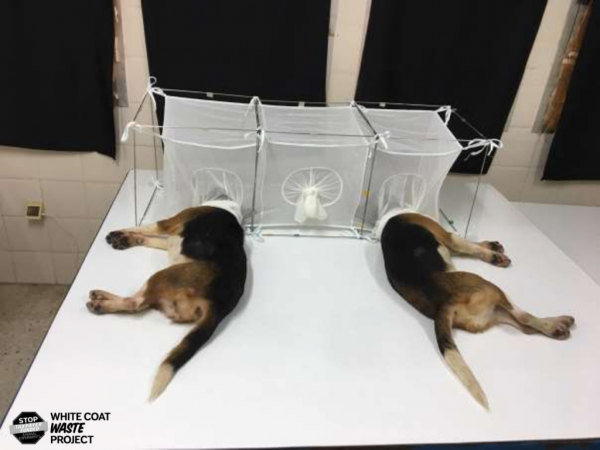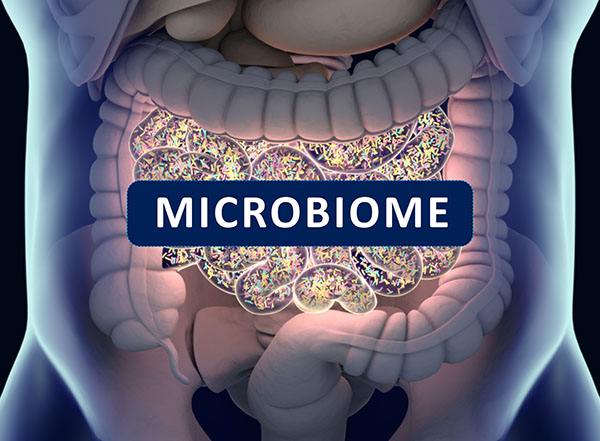 Parler
Parler Gab
Gab
- NIH confirms closure of its last in-house beagle lab, ending decades of cruel sepsis and stress experiments.
- White Coat Waste Project exposed 2,133 beagles killed in taxpayer-funded torture, including forced infections and hemorrhagic shock.
- New NIH policy shifts focus to AI, organoids, and human-relevant models—rejecting outdated, inhumane animal testing.
- Envigo, NIH’s beagle supplier, fined $35.5M for Animal Welfare Act violations after dogs found in squalor.
- Bipartisan pressure and public outrage force NIH to abandon Fauci-era cruelty in favor of ethical science.
The bloody legacy of NIH’s beagle torture
Documents obtained by the White Coat Waste Project (WCW) reveal a staggering toll: 2,133 beagles killed since 1986 in sepsis experiments at NIH’s own facilities. The dogs—bred for their docility—were subjected to Category D and E pain protocols, meaning they endured unrelieved suffering as researchers infected them with pneumonia-causing pathogens, induced septic shock, and drained their blood to simulate battlefield trauma. “They stuffed their bodies into a refrigerator like discarded equipment,” said WCW founder Anthony Bellotti, whose FOIA lawsuits exposed the grisly details. Records show NIH purchased beagles from notorious suppliers like Envigo, where dogs were found caged in feces, fed moldy kibble, and denied basic veterinary care—a scandal that culminated in a historic $35.5 million settlement. The cruelty peaked under former NIAID Director Anthony Fauci, who greenlit a $375,800 project in Tunisia where beagles were locked in cages and eaten alive by sand flies. The “Beaglegate” scandal ignited national fury, with The Washington Post reporting thousands of outraged calls flooding NIH offices.Bhattacharya’s overhaul of unethical research
In a decisive break from Fauci’s legacy, Bhattacharya announced the lab’s closure on Fox & Friends Weekend, declaring NIH’s pivot to AI-driven models, organoids, and computational biology. “It’s very easy to cure Alzheimer’s in mice. But those things don’t translate to humans,” he said, dismantling the myth that animal suffering guarantees medical progress. The shift aligns with NIH’s new Office of Research Innovation, tasked with phasing out animal testing. Yet internal resistance lingers: as recently as April 2024, NIH officials defended canine sepsis models, claiming beagles’ cardiovascular systems mimic humans’—a debunked justification for torture. Under Dr. Bhattacharya’s leadership, the NIH is undergoing a transformative shift away from animal testing, prioritizing human-relevant, ethical research methods. Key changes include: Closure of animal labs & adoption of alternatives- The shutdown of NIH’s final beagle lab marks a decisive end to painful animal experiments.
- AI-driven models, organoids, and computational biology will replace outdated animal studies, addressing Bhattacharya’s critique that curing diseases in mice rarely translates to humans.
- This office will accelerate the validation and use of non-animal technologies
- The office will publish data on reduced animal testing, and expand training in humane methods (e.g., organ-on-a-chip, AI simulations).
- USDA Category E (unrelieved pain/distress) experiments will face heightened scrutiny, requiring robust scientific justification.
- Categories C/D (minimal or relieved pain) will be phased out where alternatives exist, aligning with the principle that animal suffering must be avoided unless absolutely unavoidable.
- Despite pushback (e.g., claims about canine sepsis models mimicking humans), bipartisan political support and public demand for ethical science are driving change.
- The NIH will enforce stricter reviews of "scientific justification" for animal use, particularly for invasive procedures like terminal surgeries (Category D) or unrelieved pain studies (Category E).
- Transparency: Annual reporting of Category E experiments will be audited to ensure compliance with humane standards.
- Training: Researchers will be required to demonstrate proficiency in non-animal methods, reducing reliance on traditional animal models.
Eating these vegetables lowers inflammation and mortality risk
By News Editors // Share
Gut microbiome’s role in stress resilience emerges as key focus in mental health research
By Willow Tohi // Share
WHO study confirms cell phone radiation causes cancerous TUMORS in animals
By Ava Grace // Share
TSUNAMI threat looms across the Pacific after powerful earthquake in Russia's Kamchatka Peninsula
By ramontomeydw // Share
An apple a day still keeping the doctor away
By newseditors // Share
Lefties, illegals and minorities are finally experiencing "consequence culture"
By newseditors // Share











